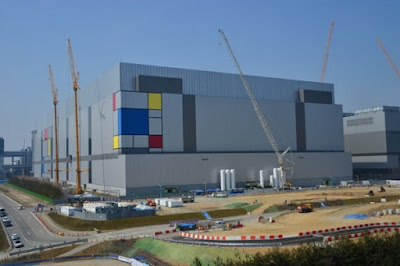The main objective of this 2nd HERALD.ECI Workshop with hands-on training is to
create an ignition point for competitive proposals resulting in joint, EU-funded research projects
under ECI (early career investigator) participation or leadership.
We want the trainees to
- gain advanced ‘theoretical’ knowledge input on how to write competitive proposals & manage EU-funded projects from an EU funding expert & Horizon 2020 coach through an impulse talk plus interactive proposal clinics.
- find excellent, perfectly matching collaboration/ project partners during a welcome mixer.
- exchange experiences with an excellent (female) ALD expert and with an industry partner.
- transfer the newly gained knowledge into advanced ‘practical’ skills by
developing joint proposal ideas,
transitioning specific ideas into concrete proposal drafts, and
starting to write
together in smaller, matched collaboration/ project groups. - go home with a raw outline and concrete idea description, i. e. the first step of an actual proposal.
Agenda
The complete Agenda in all detail will be updated here soon.

tentative Agenda as of November 28, 2017
Registration & tentative Agenda for 2nd HERALD.ECI Workshop : March 01-02, 2018 @icmabCSIC in Barcelona, Spain now online: https://t.co/Lg44pp6JRC— Marcel Junige (@MarcelJunige) November 28, 2017
Happy to announce that @nfloratos and Anjana Devi accepted our invitation.@COSTprogramme Travel Grants will be given to 10 trainees.



%20(1).png)

















